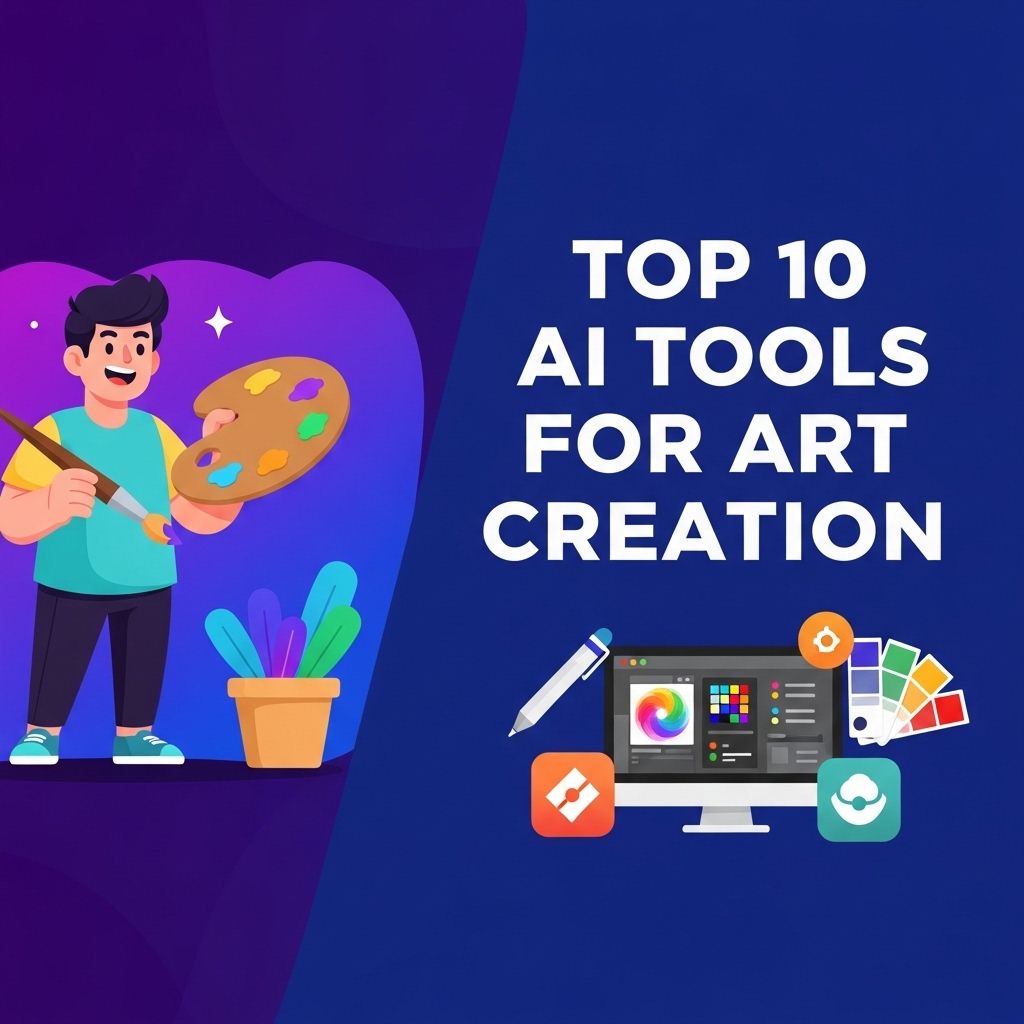In the fast-paced world of technology, businesses are continuously looking for ways to improve efficiency and streamline operations. One of the most innovative solutions gaining traction is the adoption of low-code AI workflows. These workflows enable organizations to automate processes, integrate complex data systems, and leverage artificial intelligence without the need for extensive coding knowledge. This article delves into the intricacies of low-code AI workflows, their benefits, implementation strategies, and future trends.
Understanding Low-Code Development
Low-code development platforms provide a visual approach to software development, allowing users to create applications through graphical user interfaces rather than traditional hand-coded programming. This approach democratizes app development, enabling not just professional developers, but also business analysts and domain experts to participate in the creation of software solutions.
Key Features of Low-Code Platforms
- Visual Development: Drag-and-drop interfaces make it easy to design applications.
- Rapid Prototyping: Quickly build and iterate on application models.
- Integration Capabilities: Seamlessly connect with existing databases, APIs, and third-party services.
- Collaboration Tools: Facilitate teamwork between developers and non-technical stakeholders.
The Role of AI in Low-Code Workflows
Artificial Intelligence can enhance low-code platforms by adding advanced capabilities that would typically require complex coding. With AI, users can automate decision-making processes, analyze data, and even predict outcomes without needing to understand the underlying algorithms.
Benefits of Integrating AI with Low-Code Workflows
- Increased Automation: Automate routine tasks and workflows, reducing manual effort.
- Enhanced Decision-Making: Utilize machine learning algorithms to derive insights from data.
- Personalization: Tailor applications and services to meet individual user needs.
- Scalability: Easily scale applications to handle increasing loads with AI’s predictive capabilities.
Implementing Low-Code AI Workflows
To successfully implement low-code AI workflows, organizations should follow a structured approach that involves planning, designing, and executing their strategy.
Step-by-Step Guide
| Step | Description |
|---|---|
| 1. Identify Objectives | Determine the specific business processes that can benefit from low-code and AI integration. |
| 2. Choose the Right Platform | Select a low-code platform that supports AI functionalities and meets your technical requirements. |
| 3. Design Workflows | Create visual models of workflows using the platform’s tools, incorporating AI elements as needed. |
| 4. Develop and Test | Build the application and run thorough tests to ensure functionality and performance. |
| 5. Deploy and Monitor | Launch the application and continuously monitor its performance, making adjustments as needed. |
Use Cases of Low-Code AI Workflows
Several industries are leveraging low-code AI workflows to enhance their operations:
1. Banking and Finance
Financial institutions use low-code AI to automate compliance checks, fraud detection, and customer service interactions.
2. Healthcare
AI-driven workflows help in predicting patient outcomes, managing records, and streamlining billing processes.
3. Retail
Personalization engines that analyze customer behavior can be built with low-code platforms, enhancing user experience and sales.
4. Manufacturing
Automated monitoring and maintenance workflows powered by AI optimize production efficiency and reduce downtime.
Challenges and Considerations
While the benefits of low-code AI workflows are significant, several challenges must be addressed:
Data Security
Ensuring data privacy and security is paramount, especially when sensitive information is involved. Organizations must implement robust security measures to protect their data.
Integration Issues
Integrating low-code applications with existing systems can pose technical challenges. It’s important to choose platforms that offer comprehensive integration capabilities.
User Training
Despite the user-friendly nature of low-code platforms, some training may still be necessary to ensure that all users can effectively utilize the tools.
The Future of Low-Code AI Workflows
The future of low-code AI workflows looks promising as more businesses recognize the potential of these technologies. Trends to watch for include:
1. Enhanced AI Capabilities
As AI technology advances, low-code platforms will incorporate even more sophisticated AI features, enabling complex applications to be developed with ease.
2. Increased Adoption Across Industries
More industries will adopt low-code AI solutions to improve operational efficiency, particularly in sectors like logistics, telecommunications, and education.
3. Greater Collaboration between IT and Business
As low-code platforms bridge the gap between technical and non-technical teams, collaboration will become more prevalent, leading to better outcomes.
Conclusion
Low-code AI workflows are revolutionizing how businesses approach application development and process automation. By leveraging these technologies, organizations can unlock unprecedented levels of efficiency, scalability, and adaptability. As the landscape of technology continues to evolve, embracing low-code and AI will be instrumental in staying competitive and fostering innovation.
FAQ
What are low-code AI workflows?
Low-code AI workflows are automated processes that combine artificial intelligence tools and low-code development platforms, allowing users to create applications with minimal coding expertise.
How can low-code AI workflows improve business efficiency?
By streamlining repetitive tasks, enhancing collaboration, and enabling faster application development, low-code AI workflows boost overall business efficiency and productivity.
What industries can benefit from low-code AI workflows?
Various industries including healthcare, finance, retail, and manufacturing can benefit from low-code AI workflows by optimizing operations and improving decision-making.
Do I need programming skills to use low-code AI platforms?
No, low-code AI platforms are designed for users with little to no programming experience, allowing anyone to create functional applications easily.
What are the key features to look for in a low-code AI platform?
Key features include user-friendly interfaces, pre-built templates, AI integration capabilities, scalability, and robust security measures.
Can low-code AI workflows adapt to changing business needs?
Yes, low-code AI workflows are highly adaptable, allowing businesses to modify processes and applications quickly in response to evolving needs and market conditions.




